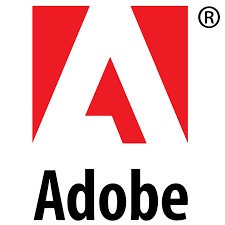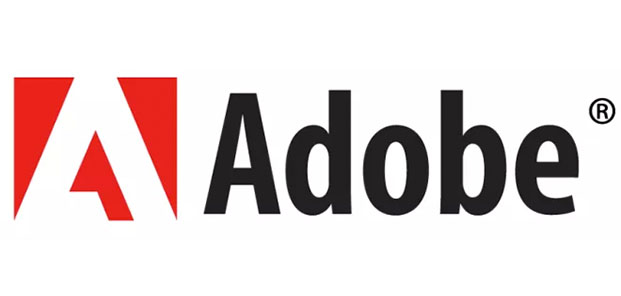
Description
Marketo, Inc. is a software company focused on account-based marketing, including email, mobile, social, digital ads, web management, and analytics. It sells products for industries including healthcare, technology, financial services, manufacturing, media, and higher education.
Marketo provides a complete marketing automation software solution that is powerful and easy to use for fast-growing small companies and global enterprises alike.
Built for marketers, by marketers, Marketo is designed to allow companies to launch their first campaign in days and scale to meet the needs of the most complex global enterprise. The solution delivers everything a marketer needs to deliver more sales leads with less work, including inbound marketing, lead management, social marketing, event management, instant CRM integration, sales dashboards, and marketing ROI reporting and analytics.
Marketo is the #1 Marketing Software Vendor on the INC 500 list and was recently named one of "America’s Most Promising Companies" by Forbes. In both 2011 and 2012 the company received the Best Marketing Solution award from CRM Magazine, and Salesforce.com customers have honored the company with the Best Marketing Automation Solution on the AppExchange for three years.
Source: https://www.crunchbase.com/organization/marketo#section-overview
Produced products
Supplied products
Partnership with vendors
Vendor | Partner status | Country | Partner types |
|---|---|---|---|
| Adobe |













